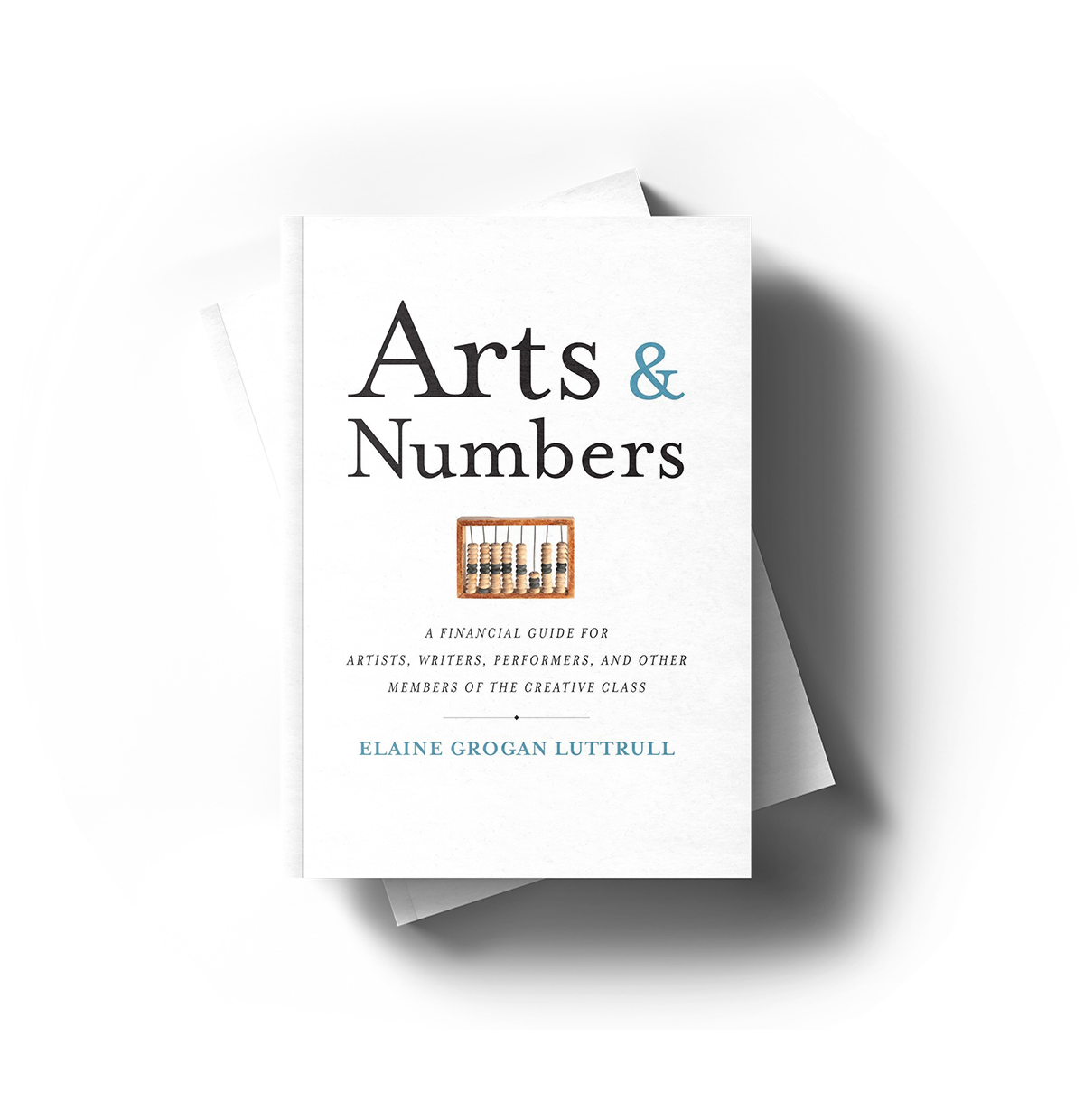November 28, 2016 • Arts Orgs

Occasionally, artists will ask me about a process for finding support. Usually, this comes up in the context of a solo-preneur wanting to hire his or her first employee (a sort of general assistant/marketing person), but the same process can be true for cultivating any supportive professionals (including that dream team we talked about a few weeks ago).
So what’s the process?
Describe Your Needs. What specific expertise or skills are you looking for? What will the working relationship be like? Do you operate formally or informally? Do you do your best work in the morning or at night? Do you care if the person is invested in the industry, professionally or personally? Is process more important than the output? Will the person be more like a peer or more like a subordinate? Are there extra skills that it would be really nice for this person to have (maybe it is important that this person also be a great writer, for example)?
Think through the answers to these questions, and gather the results in a job description. It feels formal (maybe more formal than you’d like), but draft it anyway. It will serve as an important basis for holding a conversation about expectations.
You’ll also want to come up with a title for the position. Existing job boards can be a great source for comparable titles (especially if some of the same skills you are seeing are naturally contained in other job descriptions). These job boards can help you ascertain an appropriate salary or hourly rate if that is part of your equation.
Share the Description. Share the job description with friends, peers, colleagues, and your own network of support. Post the job description publicly, and consider sharing it externally via your social media channels as well. Ideally, you’d reach a very wide, diverse audience of qualified applicants that goes far beyond those you know personally or through only one degree of separation. Ensuring diversity in the applicant pool increases the chances you’ll find someone wonderful.
Choose your channel. Depending on the type of job you are looking to fill, promoting the opportunity on certain channels might be more effective. (If, for example, you are looking to fill a spot on your own community network of advisors, and you’d really like someone with legal expertise, LinkedIn might be a better channel to reach that person than Twitter. If instead you are looking for a creative collaborator, Facebook or Instagram might be your channel of choice.)
Communicate Expectations. As you share the description, make sure you are clear on the communication expectations in both directions. Consider setting up a separate email account “Jobs [at] YourCompany [dot] com” for example, to avoid cluttering your inbox. Specify the timeline for the position as well (“Applications will be accepted through June 30th and applicants will be notified of next steps in early July.”). Such clarity may help you ward off some of the “Just following-up!” emails you’ll likely receive.
Trust Your Gut Objectively. Review the applications or queries against the job description to objectively choose the candidates you’d like to interview. Depending on the volume of submissions you receive, you may have one or two rounds of interviews, and they may be over the phone, over Skype (or a comparable video chat), or in person. We’d suggest interviewing at least three or four people, even if you’re certain you’ve found the right person at first. This is a good time to call upon your existing community of support for input as well. A trusted advisor might see strengths in someone you overlook, and that same trusted advisor might be less likely to be swayed by certain characteristics. Objectivity—and a variety of perspectives—is helpful during this process.
Reassess. Once you’ve extended an offer to someone and you’ve agreed to the terms of the engagement (duration, timing, compensation, etc.), set up an appointment to check in approximately four weeks after the engagement begins. By setting a formal check-in time, it will be more likely that you’ll actually check in with the person in a more intentional way. I know you probably “check in” with the person all the time. This is different. This “check-in” (or reassessment) goes much deeper. This is an official conversation with the person about whether or not the arrangement is working. Were your expectations met? Were the other person’s expectations met? Are there any grievances that should be aired sooner rather than later? This is not a normal Monday-morning check-in, and it shouldn’t be treated like one.
By setting this meeting early on, it will be much more likely that any issues will be resolved quickly. And if the person isn’t a good fit, it will be (relatively) easy to remedy the relationship instead of letting it languish into complacency.
Expanding your support system, whether through hiring someone or inviting someone to join your core community of support, isn’t complicated. But that doesn’t mean it is easy. Subtle nuances (and human nature) can derail the process at plenty of different points.
But as long as you have been clear about your expectations, reached a wide pool of qualified applicants, chosen objectively while following your gut, and assessed the relationship sooner rather than later, odds are good the process will have a happy ending.


